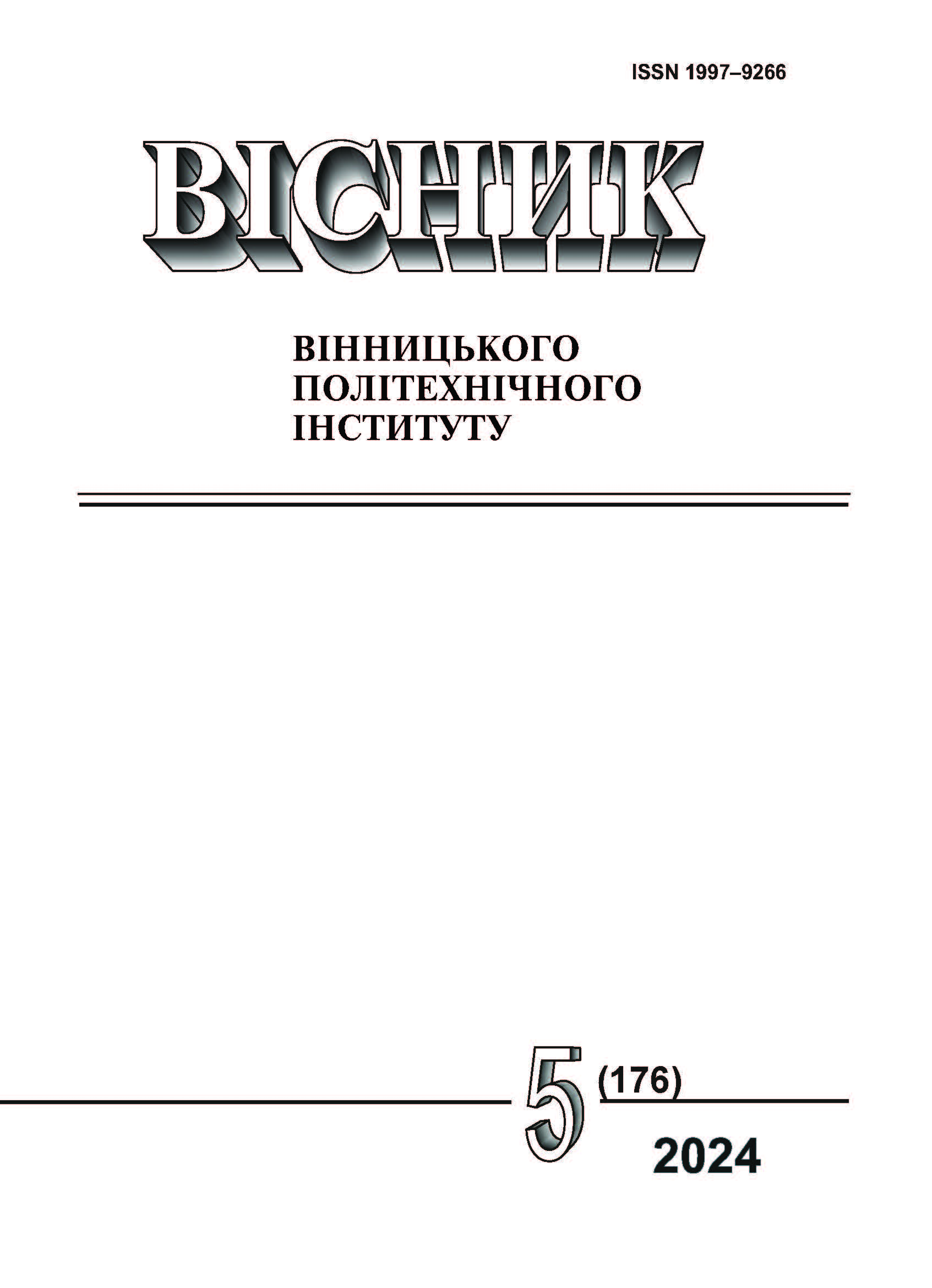Analysis of Operating Modes of Power Supply Systems Using Business Analytics Tools
DOI:
https://doi.org/10.31649/1997-9266-2024-176-5-23-32Keywords:
power supply system, operating mode, load, electrified railway, electric locomotive, unbalance, non-sinusoidal waveform, business analytics, big data, analytics platform, visualization, interactive pane, dashboardAbstract
The article discusses the application of modern business analytics tools to the analysis of operating modes of an alternating current power supply system, using the example of an electrified section of an AC railway with phase-by-phase measurement of instantaneous voltage and current values obtained from solving a system of differential equations. The analysis of the power supply system’s operating modes is justified by selecting analytical platforms such as Power BI, which has deep integration with Microsoft products, Tableau, known for its powerful data visualization capabilities, and Qlik, which employs an associative data model, allowing users to interact with data without the need to predict analysis methods.
The AC railway power supply system under consideration includes traction substations and non-traction loads powered by the "two-wire-rail" (TWR) lines, as well as the external power supply system from which traction substations receive electricity. Based on the obtained instantaneous current values, Matlab՚s computer algebra tools were used to calculate the voltages at the nodes of the power supply system. Power components and integral indicators were calculated in the QlikView environment, which is used for processing a large volume of numerical data and visualizing it.
The interactivity of switching between visualizations and the associative data model in QlikView allowed time savings when analyzing large amounts of information in the form of instantaneous voltage and current values obtained by solving hundreds of differential equations using numerical methods. Using a script with Qlik՚s own data processing language enabled the derivation of integral energy characteristics by applying standard data aggregation functions and principles for determining effective values for alternating current circuits.
References
H. Akhavan-Hejazi, and H. Mohsenian-Rad, “Power systems big data analytics: An assessment of paradigm shift barriers and prospects,” Energy Reports., vol. 4, pp. 91-100, Nov. 2018. [Electronic resource]. Available: https://doi.org/10.1016/j.egyr.2017.11.002 . Accessed: Apr. 13, 2024.
M. Kezunovic, P. Pinson, Z. Obradovic, S. Grijalva, T. Hong, and R. Bessa, “Big data analytics for future electricity grids,” Electric Power Syst. Res., vol. 189, p. 106788, Dec. 2020. [Online]. Available: https://doi.org/10.1016/j.epsr.2020.106788 . Accessed: Apr. 13, 2024.
Marek Moleda and Dariusz Mrozek, “Big data in power generation,” Beyond Databases, Archit. Struct. Paving Road Smart Data Process. Anal., vol. 1018, pp. 19-29, 2019.
J. M. Davila Delgado, L. Oyedele, M. Bilal, A. Ajayi, L. Akanbi, and O. Akinade, “Big data analytics system for costing power transmission projects,” J. Construction Eng. Manage, vol. 146, no. 1, p. 05019017, Jan. 2020. [Electronic resource]. Available: https://doi.org/10.1061/(asce)co.1943-7862.0001745 . Accessed: Apr. 13, 2024.
Z. Zhou, “Intelligent prediction method for power generation based on deep learning and cloud computing in big data networks,” Int. J. Intell. Netw., vol. 4, pp. 224-230, 2023. [Online]. Available: https://doi.org/10.1016/j.ijin.2023.08.004 . Accessed: Apr. 13, 2024.
О. І. Піжук, «Великі дані як основоположний драйвер цифрової трансформації економіки,» Економіка та держава, № 6, c. 50-54, 2019.
М. О. Ястребенецький, і О. М. Дибач, «Перспективи застосування технологій Big Data в атомній енергетиці України,» Ядерна та радіаційна безпека, № 2 (82), с. 9-13, черв. 2019. [Електронний ресурс]. Режим доступу: https://doi.org/10.32918/nrs.2019.2(82).02 . Дата звернення: 14 квіт. 2024.
С. А. Шворов та ін., «Збирання біомаси для біогазових установок з використанням технології "Big data",» Енергетика і автоматика, № 5, с. 13-22, 2018. [Електронний ресурс]. Режим доступу: http://nbuv.gov.ua/UJRN/eia_2018_5_4 . Дата звернення: 14 квіт. 2024.
Gartner Magic Quadrant for Analytics and Business Intelligence Platforms 2022. [Electronic resource]. Available: https://www.interdobs.nl/sac/gartner-magic-quadrant-for-analytics-and-business-intelligence-platforms-2022/ .
Gartner Quadrant Leaders for Analytics and BI: Qlik Sense vs Microsoft Power BI vs Tableau. [Online]. Available: https://datalabsua.com/en/leaders-quadrant-of-the-magic-quadrant-for-analytics-and-bi-qlik-sense-vs-microsoft-power-bi-vs-tableau/ .
Qlik became a Gartner Magic Quadrant leader for the 10th year in a row! [Online]. Available: https://datalabsua.com/en/qlik-became-a-gartner-magic-quadrant-leader-for-the-10th-year-in-a-row/ .
D. Bosyi, and D. Zemskyi, “Increasing Power Supply Efficiency for “Two WireRail” Line Consumers,” Problemy Kolejnictwa, 2020. Iss. 188. pp. 93-102. https://doi.org/10.36137/1881E .
Downloads
-
pdf (Українська)
Downloads: 99
Published
How to Cite
Issue
Section
License

This work is licensed under a Creative Commons Attribution 4.0 International License.
Authors who publish with this journal agree to the following terms:
- Authors retain copyright and grant the journal right of first publication.
- Authors are able to enter into separate, additional contractual arrangements for the non-exclusive distribution of the journal's published version of the work (e.g., post it to an institutional repository or publish it in a book), with an acknowledgment of its initial publication in this journal.
- Authors are permitted and encouraged to post their work online (e.g., in institutional repositories or on their website) prior to and during the submission process, as it can lead to productive exchanges, as well as earlier and greater citation of published work (See The Effect of Open Access).





